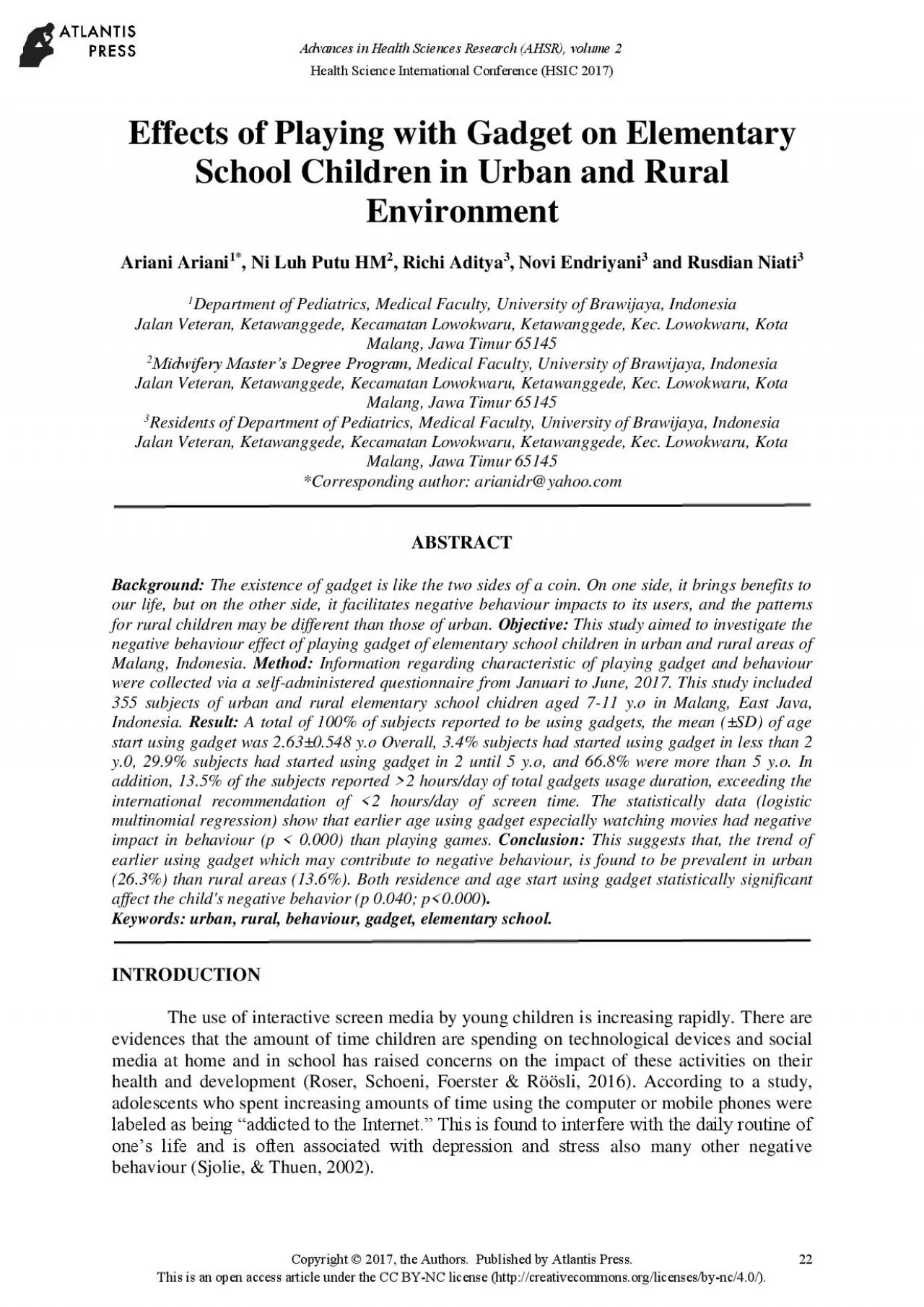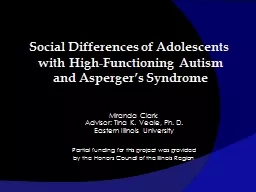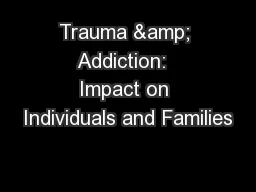PDF-Adolescents’ Gadget Addiction and Family Functioning
Author : dstech | Published Date : 2021-01-13
The aim of the study is to examine whether gadget addiction influences adolescents familybrfunctioning and its dimensions Data were collected from 226 adolescents
Presentation Embed Code
Download Presentation
Download Presentation The PPT/PDF document "Adolescents’ Gadget Addiction and Fami..." is the property of its rightful owner. Permission is granted to download and print the materials on this website for personal, non-commercial use only, and to display it on your personal computer provided you do not modify the materials and that you retain all copyright notices contained in the materials. By downloading content from our website, you accept the terms of this agreement.
Adolescents’ Gadget Addiction and Family Functioning: Transcript
Download Rules Of Document
"Adolescents’ Gadget Addiction and Family Functioning"The content belongs to its owner. You may download and print it for personal use, without modification, and keep all copyright notices. By downloading, you agree to these terms.
Related Documents














